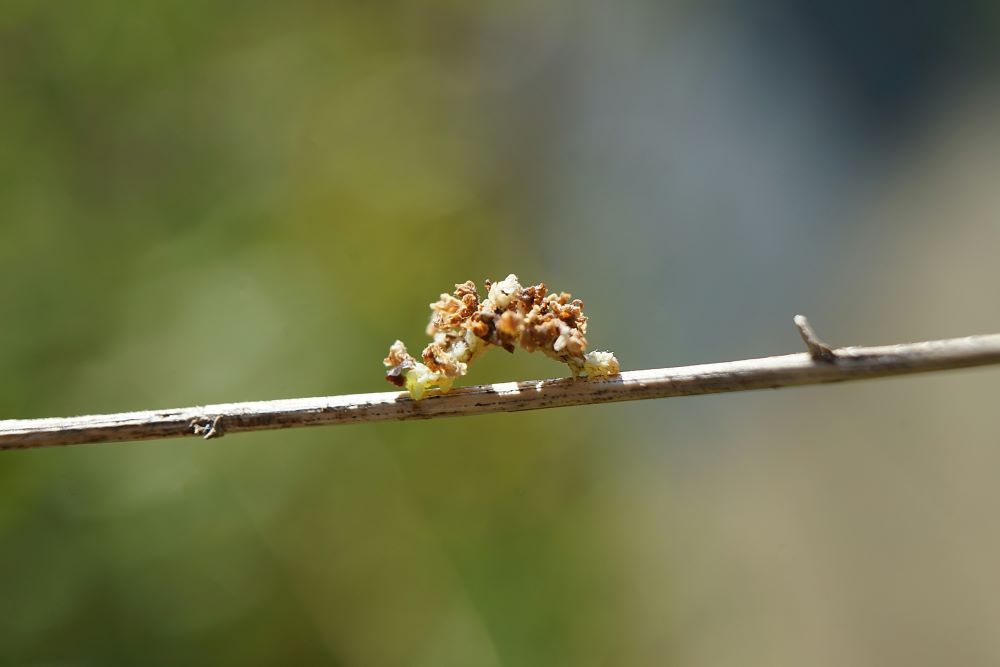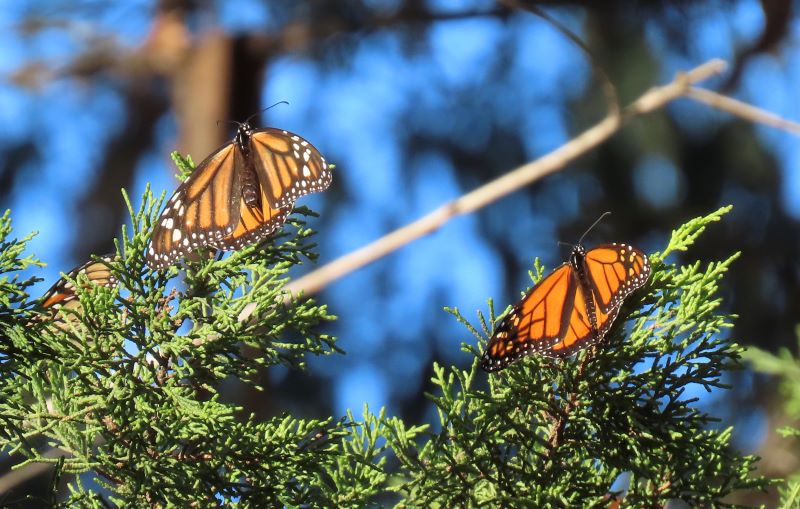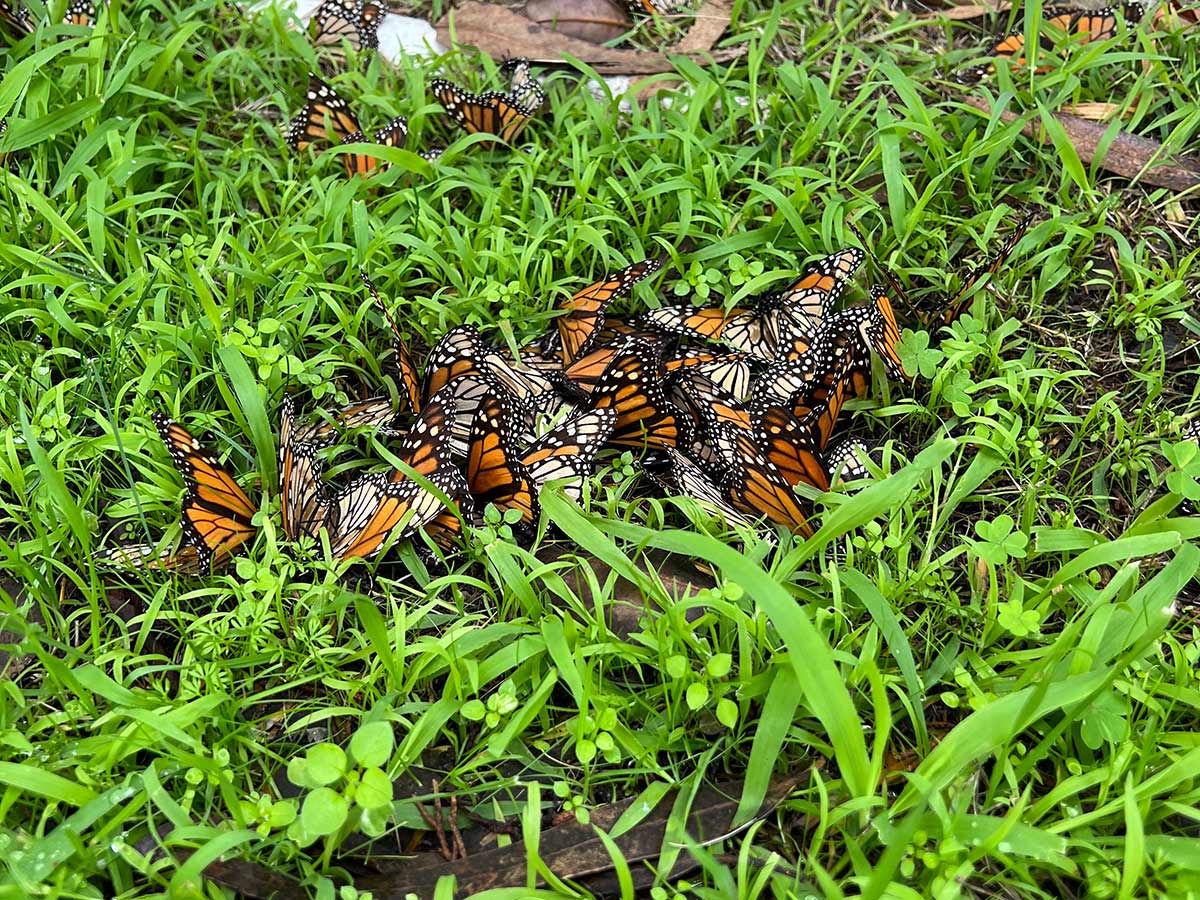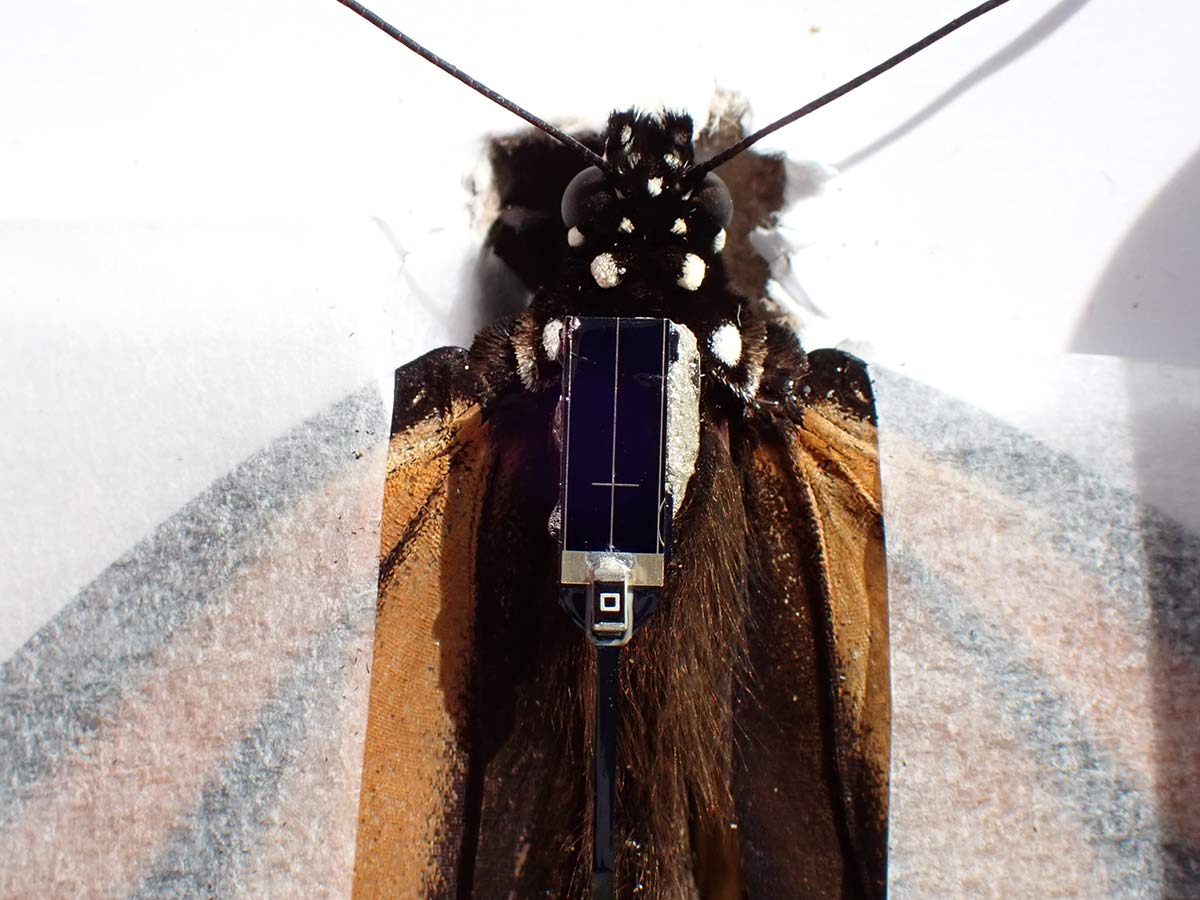Xerces has been helping to test these new tags for over a year, and we are excited to finally put them into widespread use.
Butterflies

Study Finds Pesticide Residue Widespread on Urban Butterfly Plants
A new study published in Environmental Toxicology and Chemistry found nearly ubiquitous pesticide contamination on butterfly host plants across two U.S. cities, Albuquerque, New Mexico, and Sacramento, California. In 20% of the plants tested, pesticide residues were at levels known to kill or otherwise harm butterflies and moths.

2025 DeWind Award Winners Will Study How Light Pollution, Livestock Antibiotics Impact Moths and Butterflies
PhD students John Dreitsch and Holly Myers will each receive funding for their new research on threats to moths and butterflies.

Western Monarchs Experience Average Winter Declines at Overwintering Sites
Migratory western monarchs experienced a 41% seasonal decrease at California overwintering sites compared to peak November tally.

How Urban Pesticides Can Harm Monarch Butterflies: A Cautionary Tale from California
In January 2024, volunteers stumbled upon a devastating scene: scores of dead and dying monarch butterflies near the Pacific Grove Monarch Sanctuary overwintering grove.

Morrison Bumble Bee and Large Marble Butterfly to be Considered for Endangered Species Protection
Last week the U.S. Fish and Wildlife Service (FWS) announced that the Morrsion bumble bee (Bombus morrisoni) and the large marble butterfly (Euchloe ausonides) warrant further consideration for protection under the Endangered Species Act by issuing a positive 90-day finding.

Ted Burk of Omaha, Nebraska: A Professor Dedicated to Conservation
From crickets to regal fritillaries: one biologist’s fascinating career is inspiring his students to engage with insect conservation.


